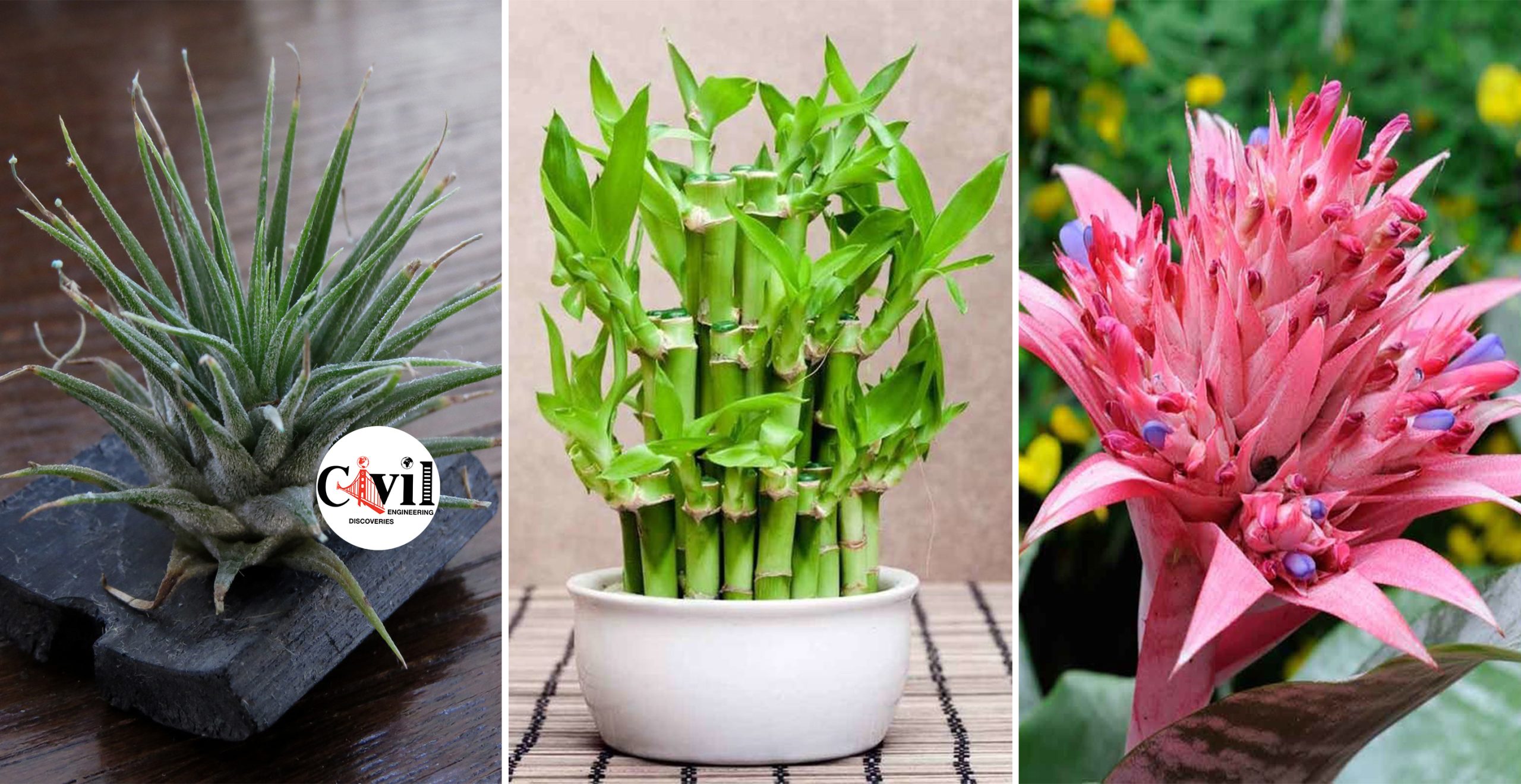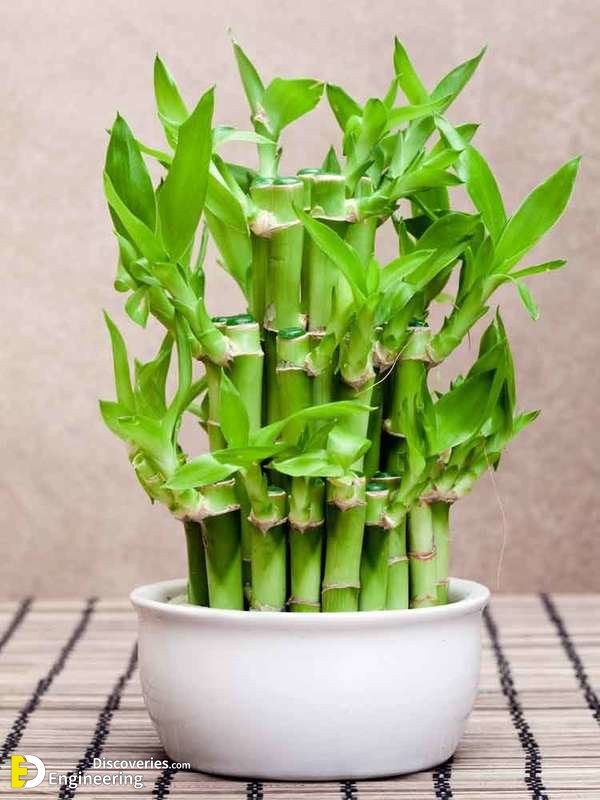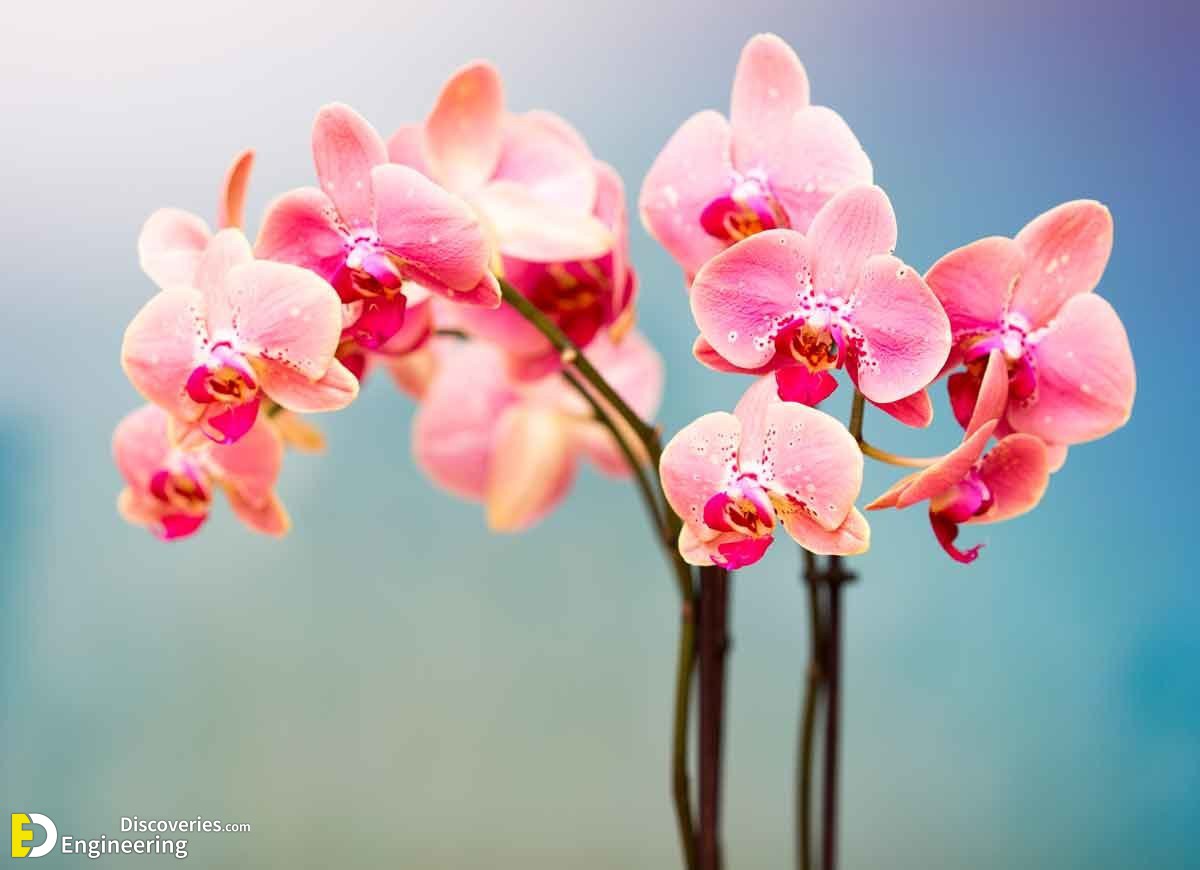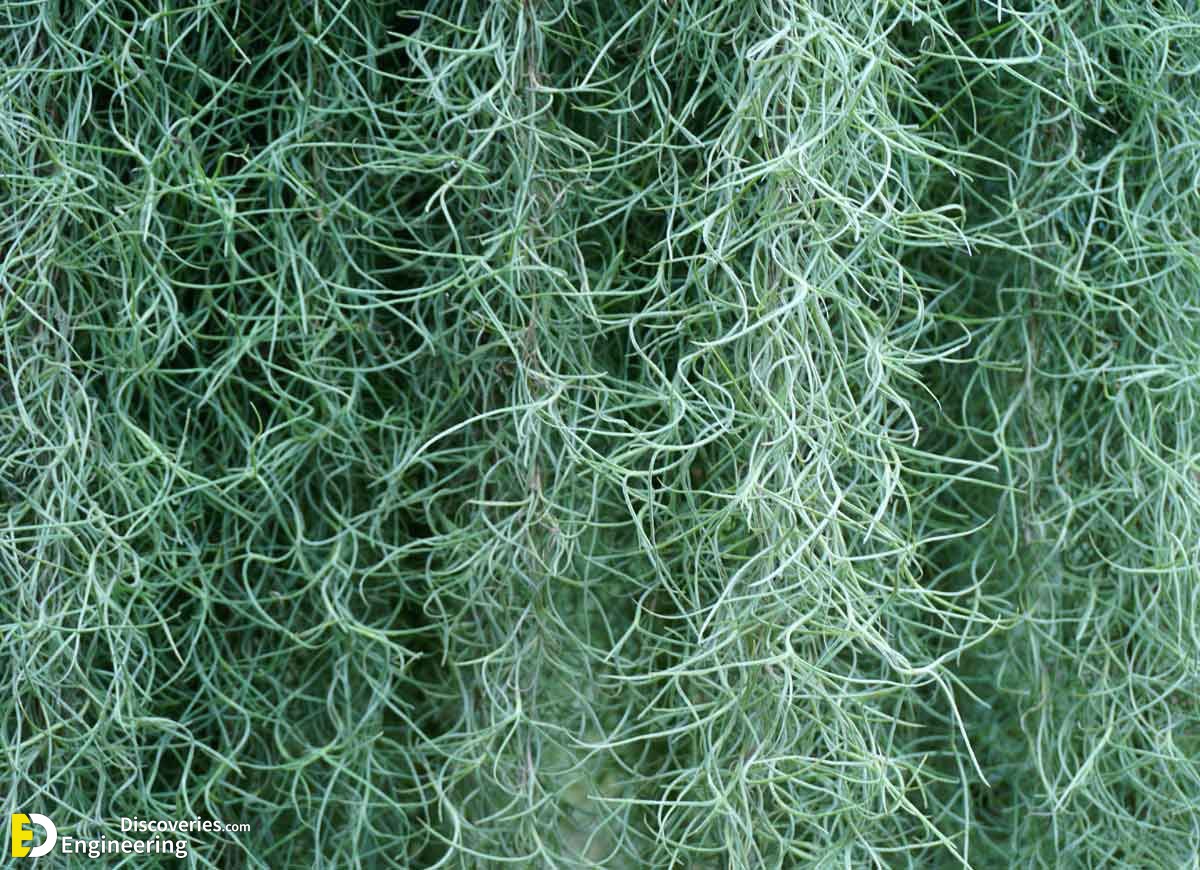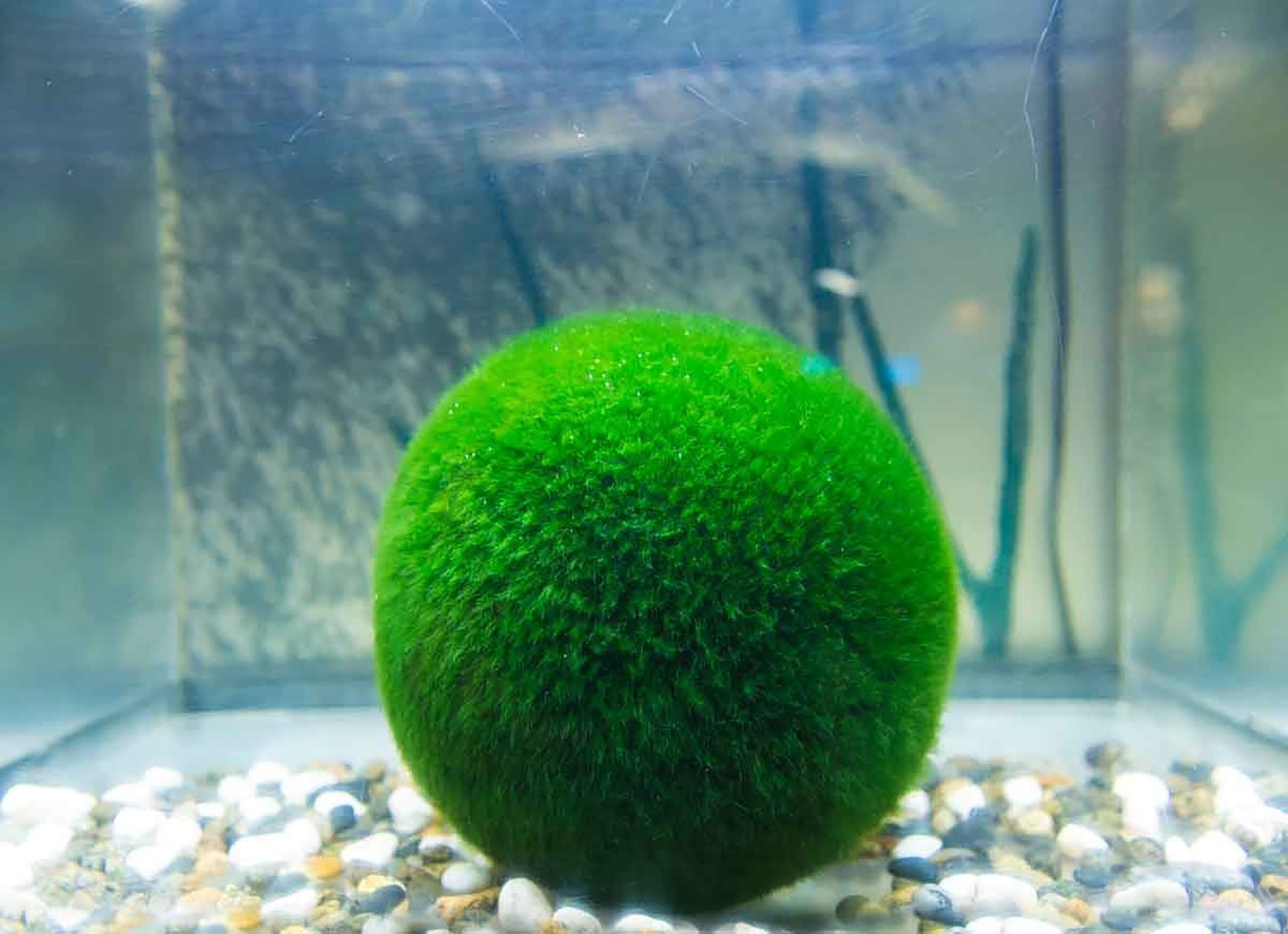Gardeners typically love the feeling of soil on their bare hands, but if you’d rather keep your fingers clean, don’t despair! You can exercise your green thumb this season without ending up with dirt under your nails. Here are 8 easy and beautiful plants that grow without soil.
1. Lucky Bamboo
Despite its name, lucky bamboo (Dracaena sanderiana) isn’t actually bamboo at all. Rather, it’s a decorative houseplant known for its near indestructibility. These plants can thrive in soil, but most gardeners choose to grow them hydroponically. All you need is a glass of water at least an inch deep and a support system of gravel (or some other medium) to keep the plants standing straight.
2. Philodendron
An adaptable houseplant, philodendron is recognized by its lush, trailing, heart-shaped leaves. It tolerates both low and bright light and requires very little care. While the plant is usually grown in a pot, it is a plant that can flourish without soil and will grow just as easily in a jar of tap water. This way, to propagate philodendron, simply snip off about six inches of an existing plant and remove the two lower sets of leaves. Submerge the cutting in a glass or jar of water, and wait about 10 days until you see roots forming at those leaf nodes.
3. Orchids
Most tropical orchids are epiphytes, meaning they grow on other plants instead of in soil. But orchids and other epiphytes aren’t parasitic; their roots are covered in a squishy membrane that sucks up water from the atmosphere. Many orchids sold as houseplants come in a planting medium, such as moss or stones, but they will grow just as easily on a piece of bark once their roots take hold.
4. Air Plants (Tillandsias)
Members of the genus Tillandsia, air plants are exactly what they sound like: plants that grow in the air instead of soil. More than 650 varieties exist, displaying an immense variety of foliage and colorful blooms. The leaves of air plants grow in a rosette formation, which helps the plants gather water and nutrients from the environment. When displayed as houseplants, they’re typically placed in decorative dishes or mounted.
5. Spanish Moss
With its drooping, gray-green tendrils, Spanish moss (Tillandsia usneoides) evokes humid summer days and the romance of southern climes. The plant often grows from trees, absorbing water and nutrients from the atmosphere, but it can also grow indoors with proper care. To maintain Spanish moss as a houseplant, mist it with water at least twice a week and fertilize it with a high-phosphorus liquid fertilizer every two weeks. Any Spanish moss gathered from the wild will be infested with small insects, so if you want to grow it indoors, purchase plants from a trusted supplier.
6. Marimo Moss Balls
Marimo moss balls, also known as Cladophora balls, are spherical algae. They can be grown in an aquarium with fish or live alone in a jar of water. To maintain marimo moss balls, simply keep them in low indirect sunlight, and change their water every couple of weeks.
7. Paperwhites (Narcissus tazetta)
Paperwhites are a variety of daffodil that can be forced from bulbs indoors during the winter. These fragrant plants will gladly grow in nothing more than water and some pebbles. Thanks to their white and yellow blooms, cheerful paperwhites will buoy you up over those cold, gray months.
8. Aechmea
A member of the Bromeliad family of tropical plants, aechmea is often sold in decorative containers in nurseries. The plants can grow in a small amount of soil, yet in the wild, they’re nonparasitic grapplers, with their roots anchored to a host plant. Aechmea thrives in both light and shade, and it’s not susceptible to many pests. Given their easy care and colorful appearance, it’s no wonder they’re often given as gifts!
Click Here To See 18 Best Office Plants For Desk That Require Minimal Attention

